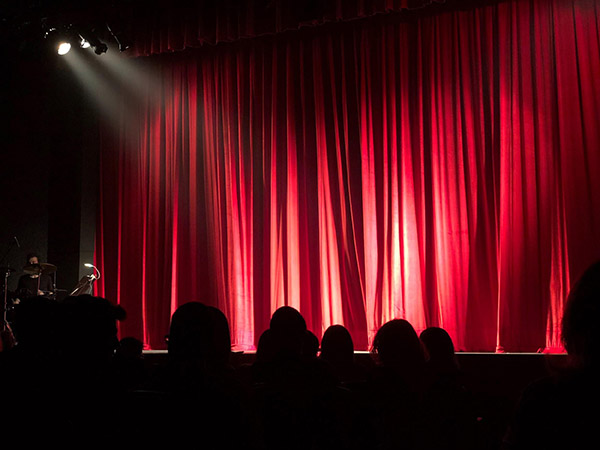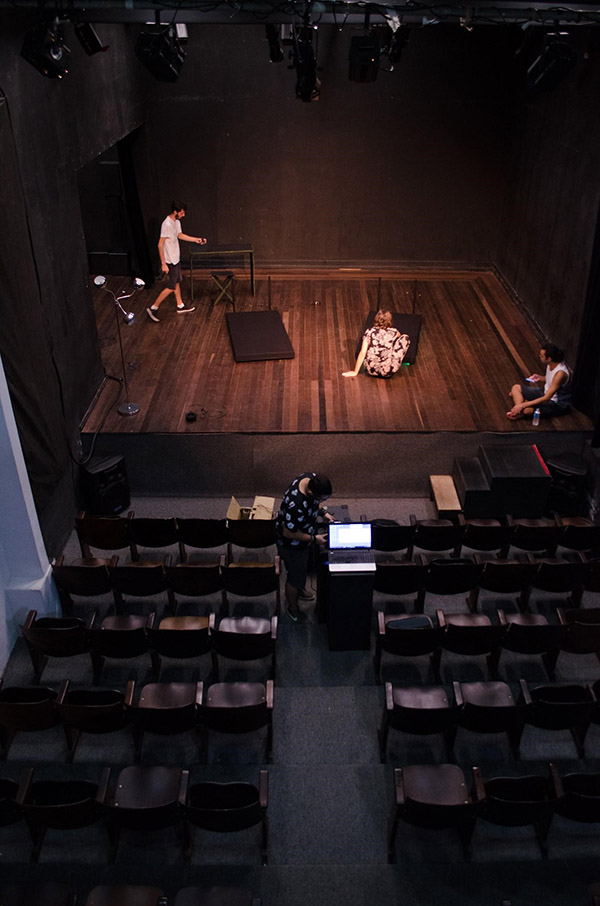Staging a play is a complicated and daunting task. From set design to the all-important actors, the lighting, and the audience experience, there’s so much to take into account before you even get close to opening night.
But one of the most critical decisions you’ll need to make is choosing a performance space. The right venue can completely transform the dramatic experience for attendees, helping to take even the most low-budget production to the next level.
So how do you find the perfect space for your show? Keep reading for some simple tips on how to compare performance spaces and find something Shakespeare would be proud to call a temporary home.
Size
How many people will be coming to your show? This can be a difficult question to answer, and it’s generally better to err on the side of caution.
A packed smaller theater has a much more intense and exciting atmosphere than a larger auditorium that’s only two-thirds full. Even roping off some seating areas can bring the audience closer to the stage, add energy to the room, and draw inspired performances from your actors, so keep this in mind when considering venue capacity.
Acoustics
Humans are such visual creatures that it’s often easy to forget just how important sound is to the overall experience when watching any live performance.
The acoustics of a space should always be a key consideration when choosing a venue for your play. How well does sound travel in the space? What sort of sound/speaker system does the venue have in place?
Some performance spaces simply lend themselves better to big, loud, show-stopping numbers, while others are better for those intimate, more subtle productions.
Seating
The layout and design of seating in the performance space are important for a couple of reasons. The first is all to do with audience experience:
- Are the seats well padded and comfortable?
- Is there sufficient legroom?
- Can everyone in the audience enjoy good lines of sight to everything that’s happening on stage?
But seating configurations can also have an effect on the action on stage. If your production calls for cast members to venture out into the audience, for example, you’ll need to consider the layout carefully before deciding whether a performance space is right for you.
Atmosphere
It’s kind of hard to describe, but every theater has its own unique feel. Sometimes, it’s the history of a venue that helps it stand out. Other times, it’s the interior decor or the feeling of connection between the audience and the stage that immediately grabs your attention.
Whatever it is that creates this mood in a venue, it’s essential to find a space with the right vibe for your show. The best way to do this is to go and watch a performance at any venue you’re considering hiring — once you’ve experienced it through the eyes and ears of an audience member, you’ll have a much better idea of whether it suits your requirements.
Technical requirements
Next, be sure to consider what (if any) in-house equipment is provided. We’re talking sound, lighting, microphones, and even musical instruments.
Check whether everything is in good working order, whether the venue staff can operate all the equipment, and whether you’ll need to hire any extra equipment to run your show.
Ease of access
If you want as many people as possible to come to your show, it needs to be easy for them to get there. This means choosing a venue in a central, easily accessible location.
Lots of private parking on-site is a big plus, as is a venue that sits within easy reach of public transport. And if you choose a venue located in a neighborhood that’s safe after dark — and has lots of quality restaurants around for anyone who wants to enjoy dinner and a show — you’ll increase your chances of drawing bigger crowds.
Practical features
Last but not least, take plenty of time to consider the practical features on offer — both from your point of view and from that of an audience member.
First, check what amenities and facilities a venue can offer to help your show run as smoothly as possible. Is there a green room for actors? Is there a kitchen? Are there enough bathrooms?
Next, think about what sort of experience audience members will enjoy. What sort of feel does the lobby have? Is there enough space for audience members to mingle and chat? What sort of concessions are available? Are there enough bathrooms to prevent long queues during intermission?
There’s a lot to consider, but asking these questions now is crucial to help you find the ideal performance space for your show. And if you’re willing to put in the work now, it’ll make a big difference when the curtain goes up for the very first time.
Links to images:


